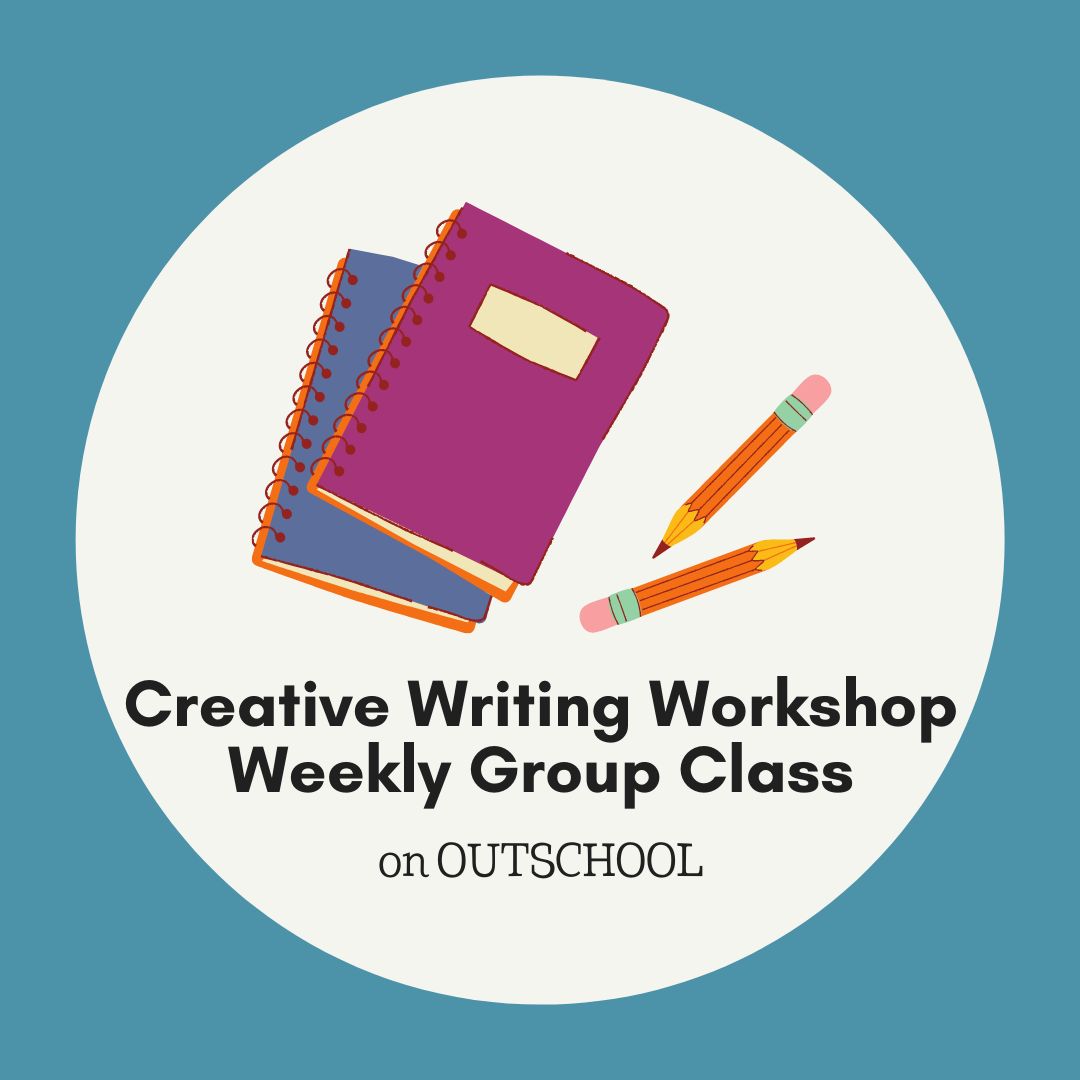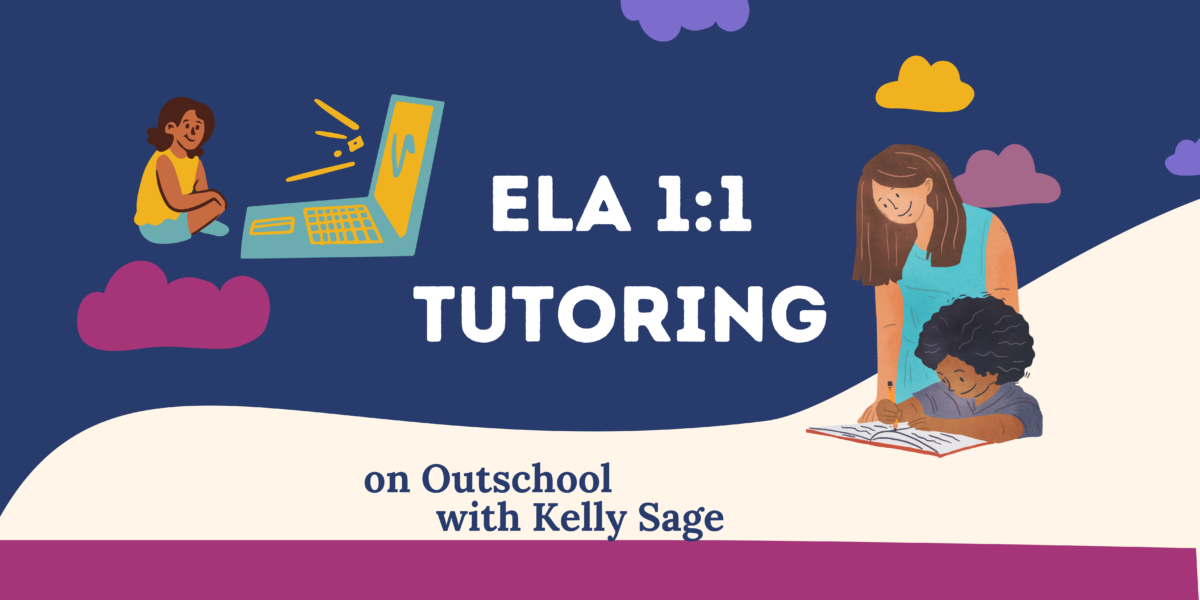Play is one of the best ways to teach and encourage writing. It takes away the pressure and fear writing can sometimes offer. Games and creative writing activities encourage kids to experiment with language, storytelling, organization, and ideas. Through play, writers learn spelling, vocabulary, how to create imagery, develop a plot, and even revise. Play also offers fun ways to learn skills that can be pretty boring. When play and writing go hand in hand, writers who love to write are filled with ideas, and reluctant writers might just forget they don’t like writing.
While using writing games or writing activities may take more time than printing off a worksheet, in the end, play = practice = confidence = learning and growth!
Disclosure- Links in this post may be affiliate links. If you click through and make a purchase, I earn a commission at no additional cost to you. Unless noted, if I am reviewing a product, I have been compensated for my time. I write honest reviews. They are not required to be positive. I only recommend the resources we love and use.

10 Games and Activities to Get Kids Writing
1. Story Cards & Dice
One of my favorite ways to help kids gather and organize their ideas, Story Dice create hysterical narratives. They also teach the importance of plot development, characterization, building conflict, and revision.
Writers can build stories together or individually. They roll the dice and use the images to help them find their words and visualize their story.
We also love Story Cards. We have several packs of eeboo Story Cards. They are beautiful and offer sweet story prompts. My daughter loved them as a young child and continues to love them as a pre-teen.

2. Story Maps
Do your kids love it when a book they’re reading includes a map? Mine do! They flip back and forth from text to image, looking for the places their characters go.
A great way to help writers play with the setting, get ideas for a story, flesh out the plot, or even retell a story they’ve read is to create a map.
To get writers started, I like to ask them questions to consider:
- What lives on your land?
- What types of vegetation is there?
- What types of bodies of water?
- What is the climate?
- How do your characters travel from one place to another?
- Where do your characters live?
- What obstacles are on your land?
- What is your land called?
- Where do people/creatures gather?
- Are there important landmarks?
We go over these questions together and share ideas. Then they get to work drawing and creating the place their story will take place.
My unit study, Courage Is… explores story maps. One of four creative writing projects you’ll find, it is definitely one of my students’ favorites.
-
 Courage Is… Unit Study$0.00
Courage Is… Unit Study$0.00

3. Accordion Stories
Play with two people or twenty; an accordion story is fun because you never know what’s happened or going to happen until the end when the paper is unfolded and the story is read.
Sidenote- I did this activity in my adult class recently, and it was hysterical!
How to play –
Each writer starts out with a piece of lined paper. On the top of the page, they begin a story or poem by writing on two lines of the page. This can be a continuous sentence or a couple. The important part is they write on two lines.
Once they finish, they fold down the first line so it can’t be seen and pass the paper, the second line showing to the next writer.
The new writer writes two more lines, based on the one line they can see, fold down the top two lines (the other writer’s line and their first one), and passes the paper, their last line showing to the next writer.
And so it goes until the paper is folded up tight like an accordion.
Once complete, open the page up, and a story is waiting. Be ready for a good belly laugh!

4. Scavenger Hunt
A scavenger hunt is one of my favorite learning tools. I’ve used scavenger hunts to get kids learning Pre-K through High School. They help kids get to know each other, learn about the backyard or schoolyard science, find items in a library, a book, or an old school dictionary. A scavenger hunt can also get kids writing!
The first step to any scavenger hunt is deciding what skills you hope your kids will learn. Descriptive writing, parts of speech, vocabulary, spelling- a scavenger hunt can help kids practice lots of things.
The second step is simple. Take a piece of paper and fold it equally into eight squares.
Next, decide where this scavenger hunt will take place: inside, outside, both, or in a special location.


Fill in the squares, or have your kids create their own!
Ready for your kids to get learning? Encourage kids to get four in a row or see who can fill in the most boxes. Have kids work together or apart. Be sure to explain any terminology they might not know. No fun looking for a verb if you have no idea what one is!

5. Play with Poetry
Free Verse Poem
One of our favorite ways to write free-verse poems is with magnetic poetry tiles. Super fun, there are all sorts of kits you can buy like: Art Poetry, Psycho Kitty Poetry, and Pirate Poetry.
A free verse poem is pretty much an anything-goes poem, but it might be good to share some examples of what free verse poetry is and isn’t with children to see what they notice.
While you’re reading poetry together, you might talk about how imagery, stanzas, and a subject or main idea are typically found.
Children might also enjoy crafting their poems in prose first. Then they can decide what words to cut, where to create stanzas, and what needs more description.
If you’re looking a poetry class, I love teaching poetry to kids and teens and offer workshops on Outschool and Curiosity Encouraged.
Prompts ~
- Describe something you love or can’t stand. What does it look like, smell like, how does it make you feel?
- Describe your perfect day, moment, or memory.
- Write about dreams or wishes.
- Write about fears or scars.
Acrostic Poem
An acrostic poem uses the letters in someone or something’s name to begin each line or stanza of a poem. A younger child might choose one word, whereas an older child might choose a descriptive word or phrase.
Acrostic poems are written vertically. Young children might write one word. Older children a phrase, sentence, or stanza.
Concrete Poem
Also known as a shape poem, kids choose an object that represents the subject of their poem. They then use words to create that shape. For younger kids, it could be the same word or just a few repeated. Older kids can challenge themselves to write a poem in their chosen shape.
Limerick
Often a silly poem, a limerick is fun to write because it follows a rhyme scheme. Lines 1, 2, and 5 rhyme, and lines 3 and 4 rhyme, making the rhyme scheme AABBA.
Haiku
A haiku is a Japanese verse poem that has three lines, with each line having a certain number of syllables- 5,7,5. Tapping or clapping out syllables is helpful (as is knowing what a syllable is). A couple of these poems would be nice or one with an illustration.
Simile Poem
A simile compares two things, often unlike, using like or as. Metaphors, alliteration, or other types of figurative language could also be included or substituted.
Illustrations, placing poems on homemade cards, framing a poem, or writing one on decorated paper are additional ways writers can add to their poetry.
6. Play Writing Games
I am always on the lookout for new writing games. We recently came across a handful at one of our favorite second-hand stores. They give us a good dose of fun and practice!
We Love-
- Mad Libs
- Poetry for Neanderthals
- Banana Grams
- My First Banana Grams
- Scrabble Slam
- Snap It Up- Reading and Phonics
- Telestrations
- Apples to Apples Jr
- Scattergories
- Wacky Words
7. Create Comic Books
Kids who like to read comic books might be motivated to make their own!
8. Give National Novel Writing Month a Try
Each November, writers from around the world set to work on one goal- a novel. The National Novel Writing website has a TON of great resources, including a workbook just for young writers. We worked through one last year and it is not your average boring workbook!
Of course, you can give novel writing a try any month!

9. Write to a Pen Pal
A few years ago, when my oldest was in elementary school, and I was looking for a way to encourage writing, I created a Pen Pal group on Facebook. Made up of friends near and far, for a couple of years, my kids wrote to my friend’s kids, and my friend’s kids wrote to other friends’ kids. It was super fun and, best of all, got kids writing!
Now I offer a homeschool pen pal group on Creative ELA. Each season, homeschoolers are paired up, given prompts (to take or leave) and encouraged to write at least twice to one another. We’d love to have your kids join us! Join Creative ELA to learn more.

10. Keep a Favorite Book Going
Have you ever finished a book you wished would keep going? Thought a character should have acted in a different way or wanted to change a story’s ending? FanFiction gets readers writing!
Students in my Creative Writing Workshop class often enjoy writing fan fiction, but they don’t have to. The beauty of a writing workshop is writers can write in any genre they want. Each week we meet to learn about writing, write, and share our ideas. Through games, writing prompts, and a lot of laughter, students grow confidence and interest.
-
 Creative Writing Workshop$15.00
Creative Writing Workshop$15.00
Need more resources? I offer writing games, mini-lessons, free classes, and so many ideas over on my free homeschool community, Creative ELA.


























Hello there, I like your ideas and am using them for a connotated Biography for a University Paper. Please add the date this article was written so other students like me and cite our sources properly. I have not been able to find it.
Hi Hope, I understand your concern, but I don’t put dates on my posts to keep them evergreen. You can use n.d. for no date in your citation. Thanks for using my resources!